Cuba is one of the most eloquent examples of the colonial architecture of Latin America and the Caribbean. The restoration of old Havana, the beauty of Trinidad and the charm of many cities are worth the trip. With the advent of the Cuban revolution, real estate speculation spared the country and delayed urban modernization. Most of the buildings have therefore remained as they were. If a large number of them require a serious overhaul, the whole retains a lot of charm. It should also be noted that the tourist infrastructure has not disfigured the country, unlike other neighbouring countries
Day 1: Havana - Habana Vieja
Day 2: Havana - Centro Habana, Miramar
Day 3: Cienfuegos
Day 4: Trinidad and Tobago
Day 5: Camagüey
Day 6: Holguín
Day 7: Santiago de Cuba
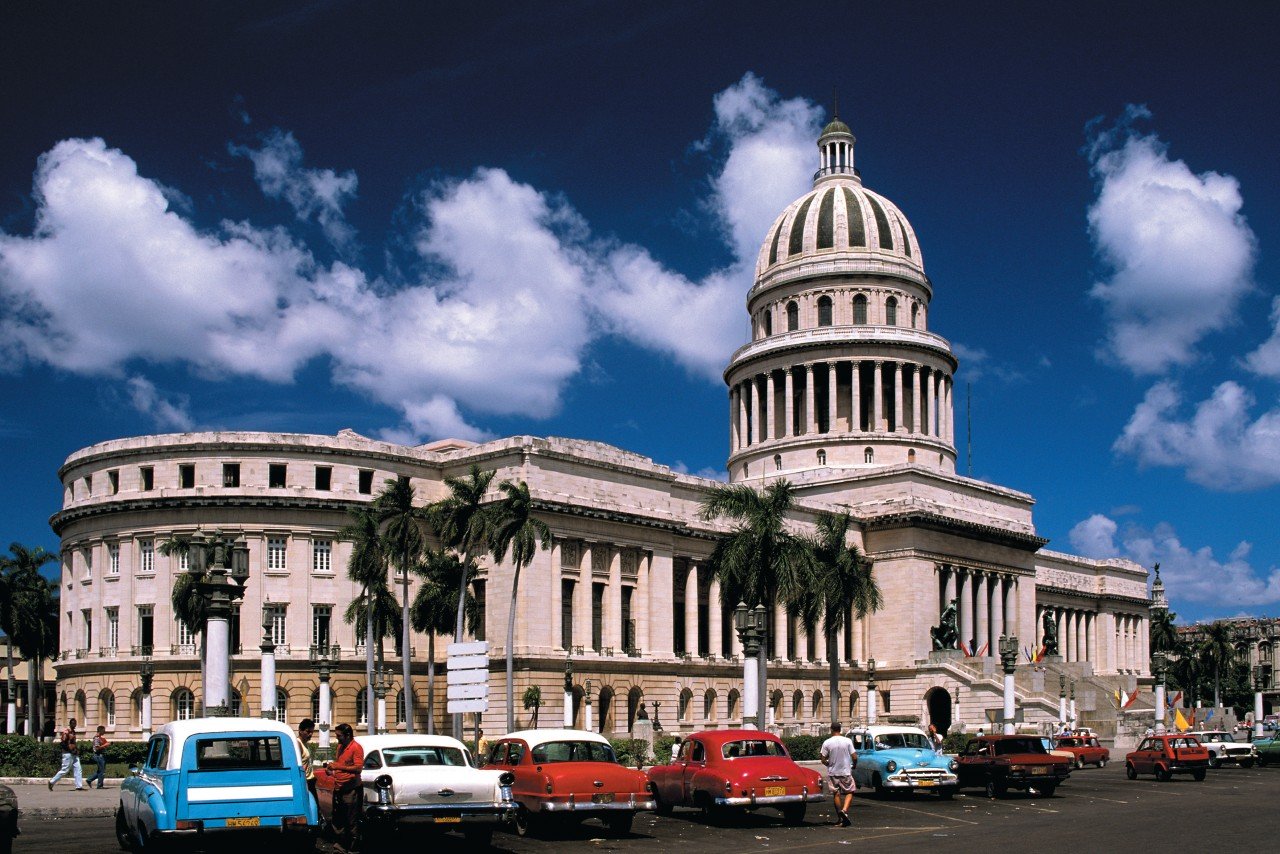 ©Author's Image
©Author's Image
A fascinating city, the Cuban capital has none of these overrated legends. While poverty and decay have not disappeared since the crisis of the 1990s, the policy of restoring the Habana ViejaThe project, undertaken since 1982 with UNESCO funds, has made it possible to renovate and restore the historic heart of the capital. The most significant colonial architectural complex in Latin America and a part of the world's heritage, it has been revamped without sacrificing to the mad promoters. We will start this stay with a model of this kind, the centre of Havana, which has regained its lustre and has established itself as the great success of the Castro regime's architectural policy. Its many squares (Plaza de Armas, Plaza de la Catedral, Plaza Vieja), its magnificent pastel palaces and its beautiful churches continue to structure the space and the imagination. A detour to the museums, the Prado and the Malecón (waterfront promenade) will confirm the first impression
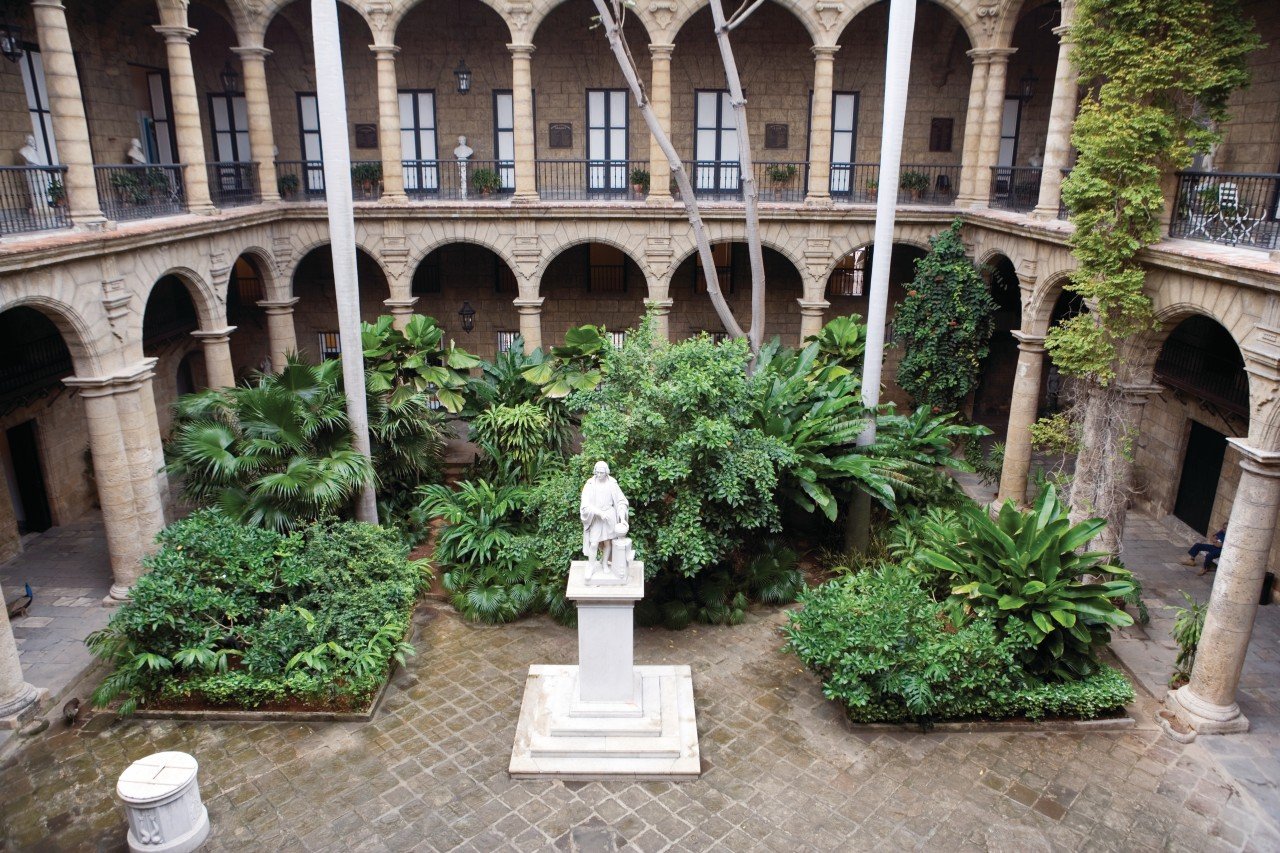 ©Irène ALASTRUEY - Author's Image
©Irène ALASTRUEY - Author's Image
Extend your visit to the capital by into in the neighbourhoods of Centro Habana, Vedado and the chic Miramar. After dark, check your night skills and rub yourself a little to the island's reputation in musical and festive matters...
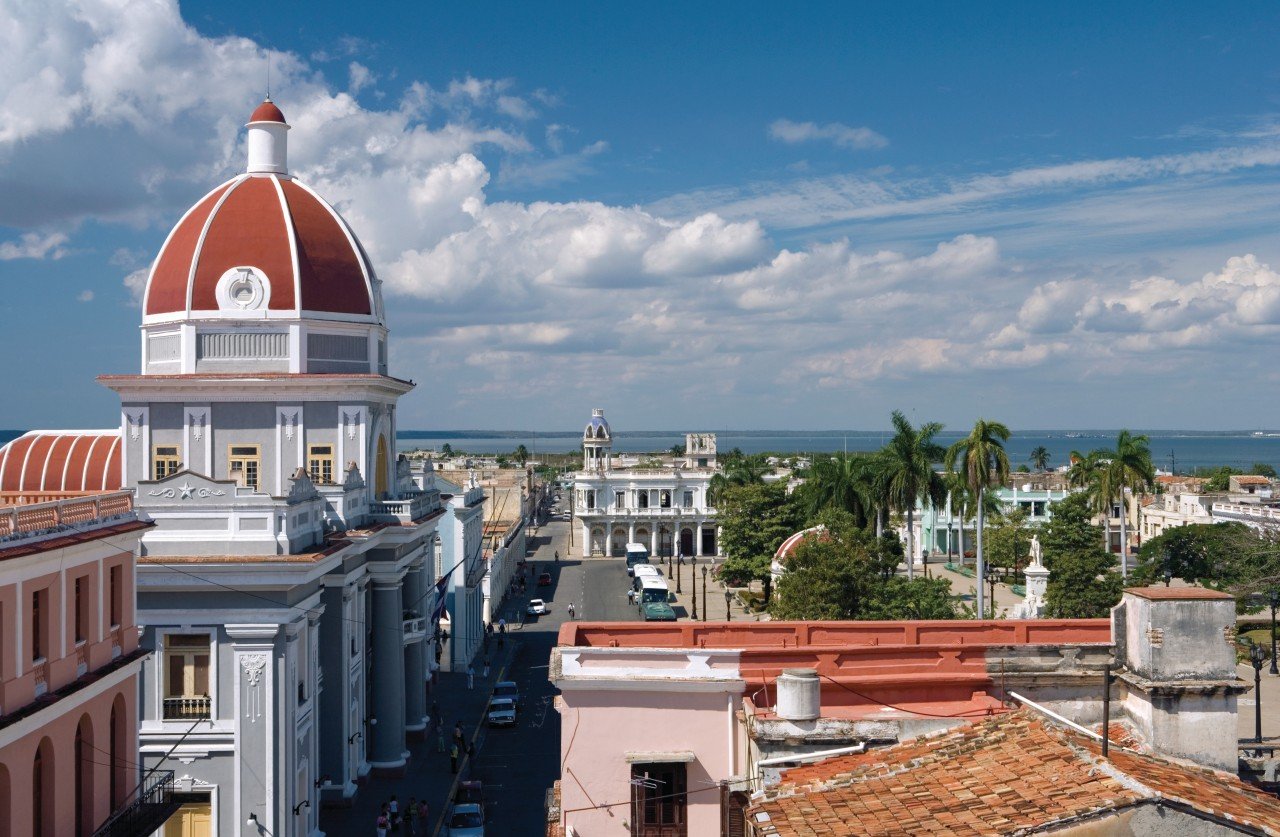 ©Irène ALASTRUEY - Author's Image
©Irène ALASTRUEY - Author's Image
Heading east towards Cienfuegos. Built in the 19th century by the French, the city boasts a huge bay, the deepest in the country, a pretty peninsula (Punta Gorda) and a charming, clean and airy city centre. Its well-preserved neoclassical architecture places it among the national monuments. The Cubans, rarely short of nicknames and compliments, gave him the title of "Pearl of the South"
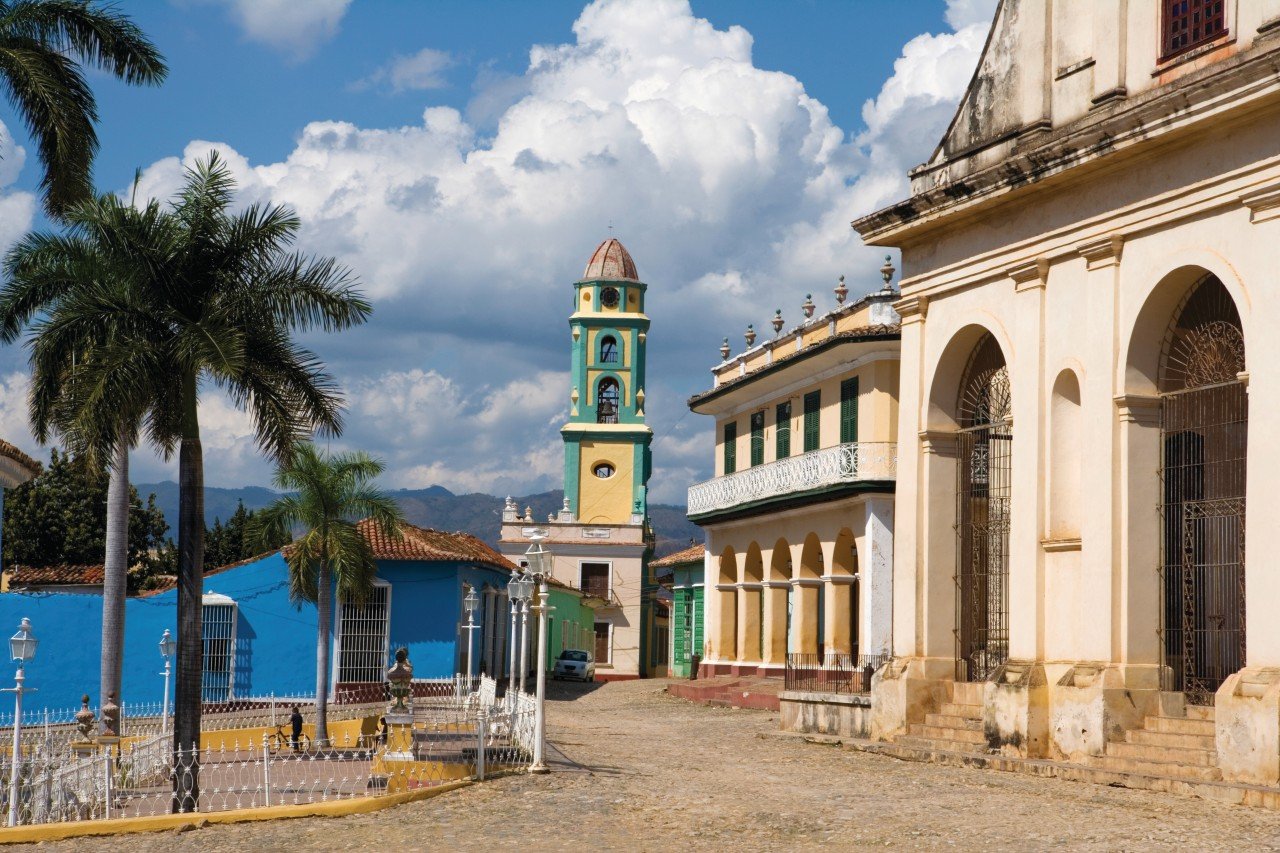 ©Irène ALASTRUEY - Author's Image
©Irène ALASTRUEY - Author's Image
Trinidad, the best preserved colonial city on the island and a UNESCO World Heritage Site, has established itself as one of the country's major tourist attractions. Essential for lovers of the old! A simple stroll is enough to understand the enthusiasm aroused by the old paved historic centre, articulated around the Plaza Mayor, which aligns the superb colonial palaces, most of which have been transformed into museums. Remember that you can sleep in old and authentic colonial houses. Take the opportunity to perfect your historical knowledge of the sugar industry with a stroll in the superb Los Ingenios valley, also listed as a World Heritage Site
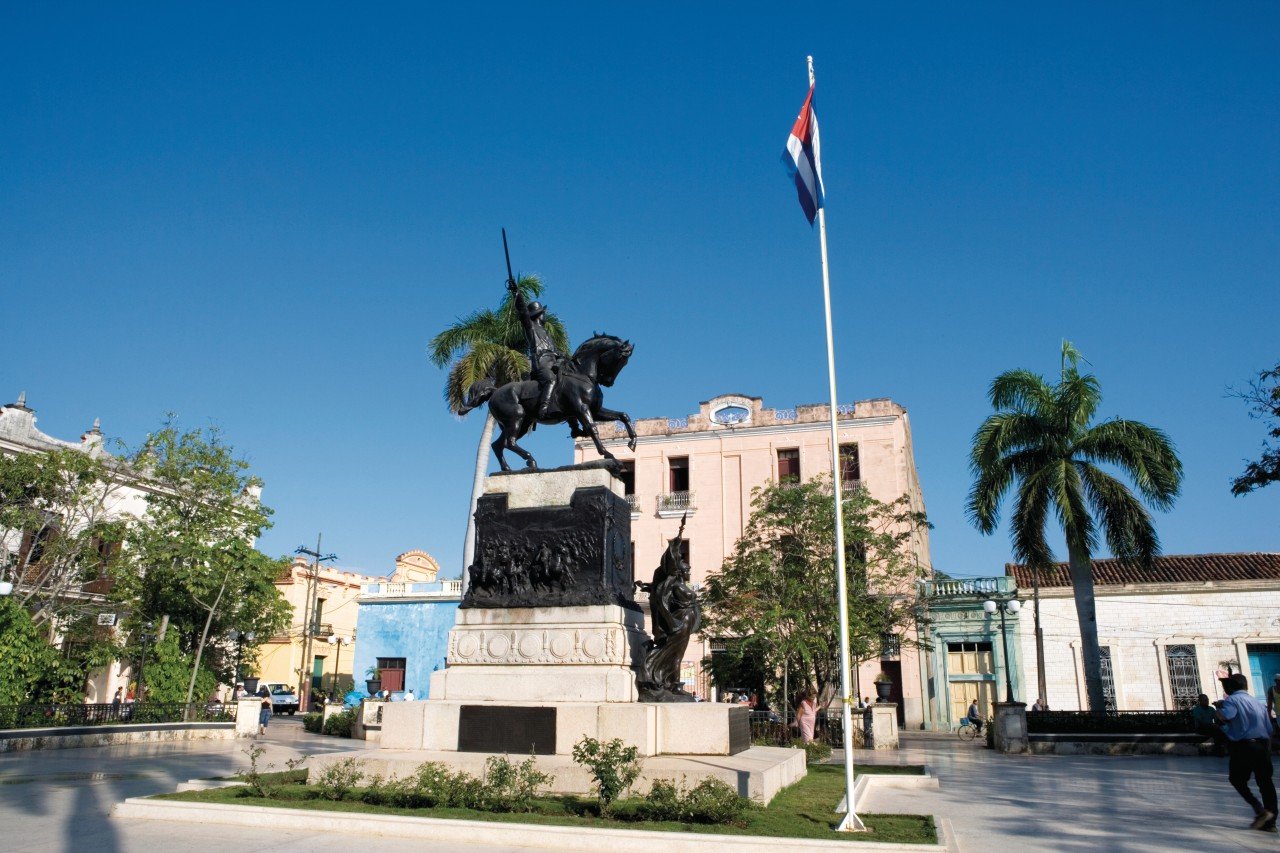 ©Irène ALASTRUEY - Author's Image
©Irène ALASTRUEY - Author's Image
The third city of the country, Camagüey should not be considered a mere step. Its historic centre, one of the oldest on the island, blends colonial buildings and beautiful churches, especially since they were restored just prior to the celebration of the city's 500 years in February 2014. Culture is the Queen and its atypical places of expression. The urban route, far from respecting orthogonal plans applied in the rest of the country, is more entangled than elsewhere. It was designed to defend the city of pirate attacks.
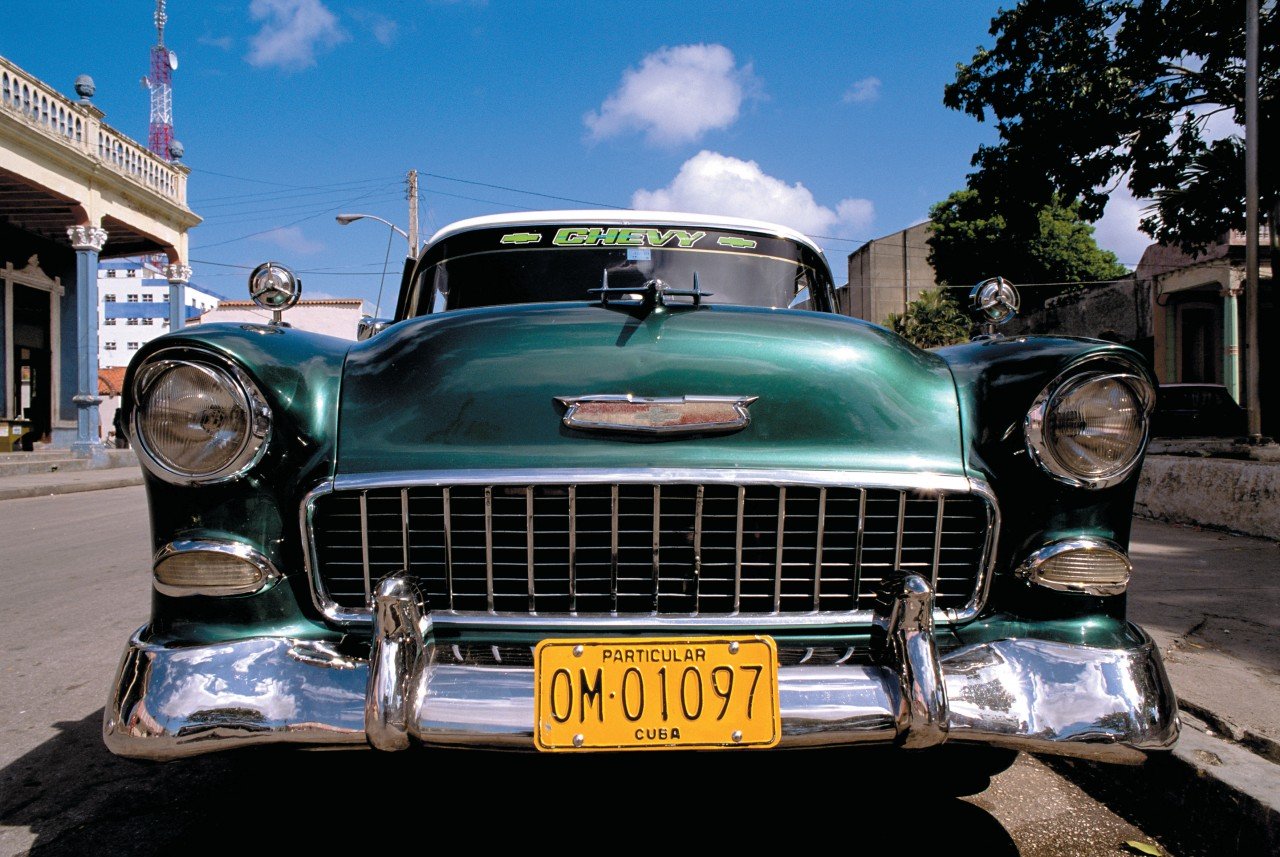 ©Author's Image
©Author's Image
Known as the "City of the Parks", Holguín strikes with a semblance of prosperity that is more visible here than elsewhere. Orderly, clean and airy, you will gladly stop there for a day on the way to the north coast towards the beaches of Guardalavaca and the pretty port of Gibara. It should be noted that, during the last two weeks of October, the city also hosts the Fiesta de la Cultura Iberoamericana, an event focused on the Hispanic cultural roots of the Cuban nation
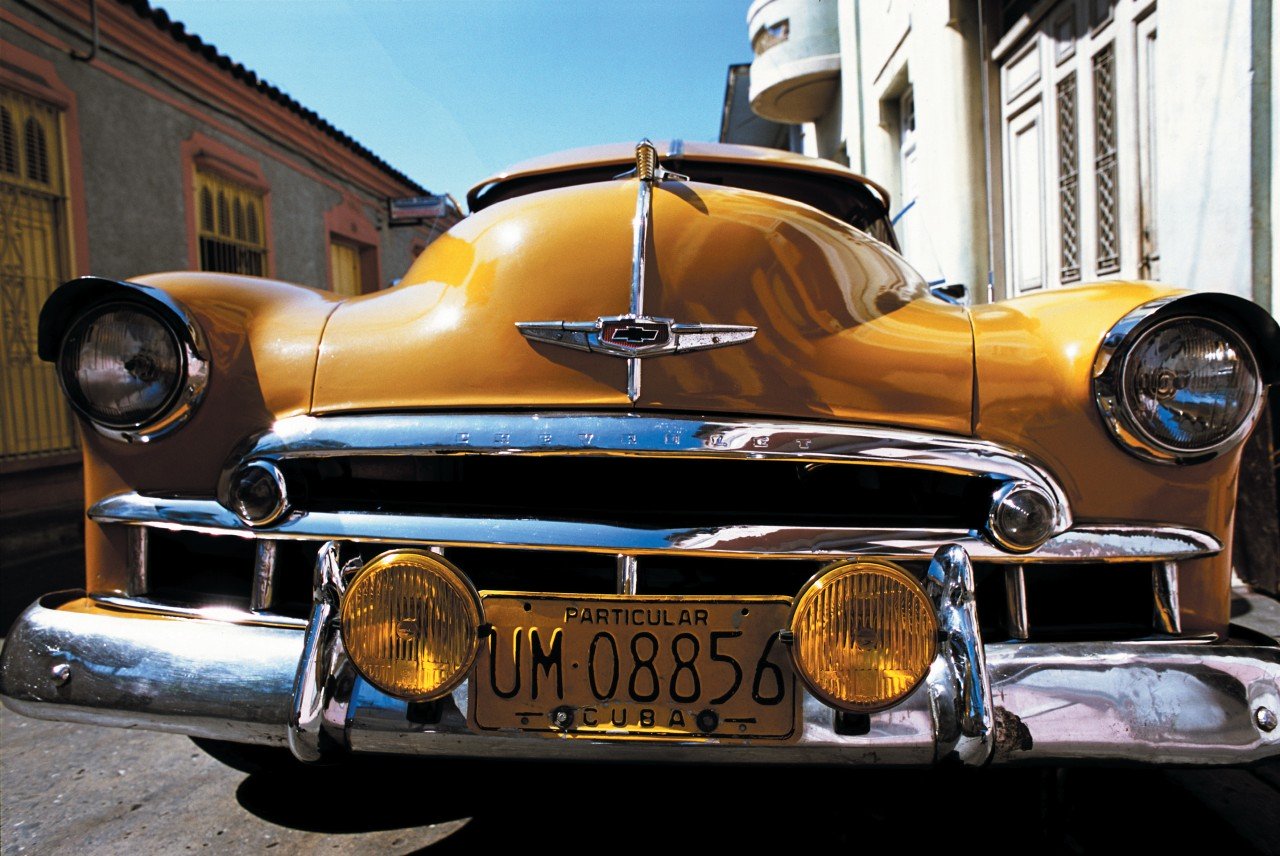 ©Author's Image
©Author's Image
As the second largest city in the country, Afro-Caribbean culture makes its full sense. In terms of kilometres, the Jamaican and Haitian coasts are much closer than Havana. A viscerally musical Earth, devoted entirely to rhythm and melody, Santiago will give birth among others to the sound and the Cuban revolution. An explosive cocktail brought to a high degree of radioactivity, the carnival radiates and électrise the city during the last week of July. A board, do you immediately to dance courses...




Each Travel Idea is customizable according to your wishes

